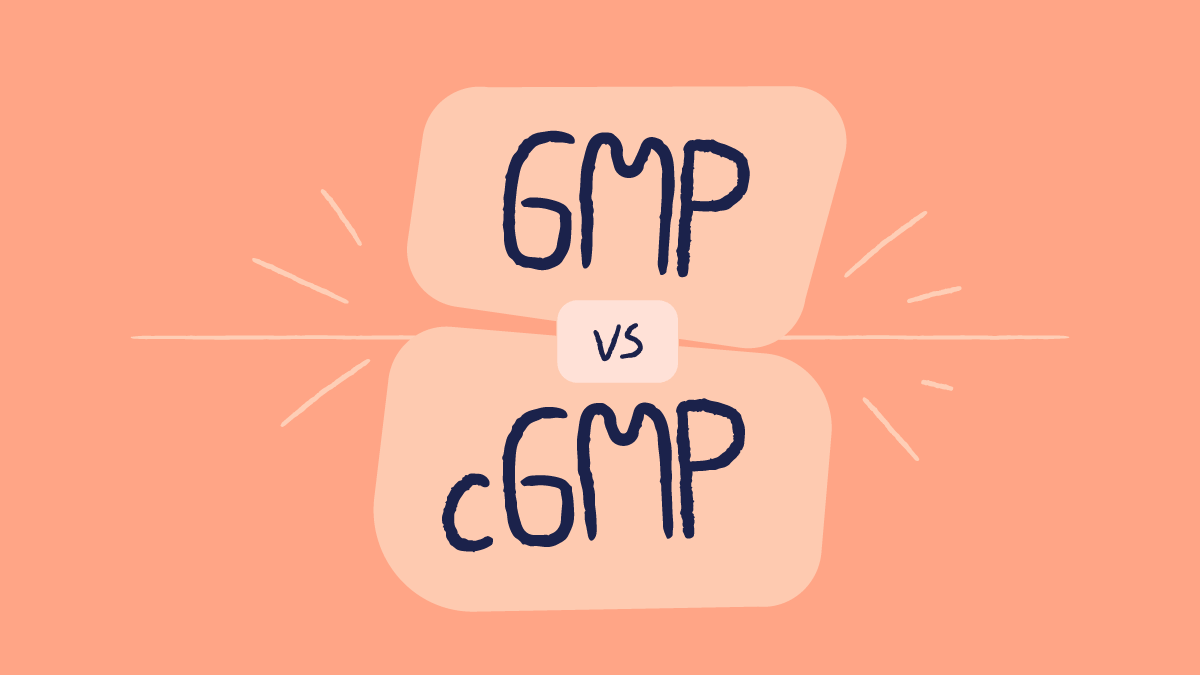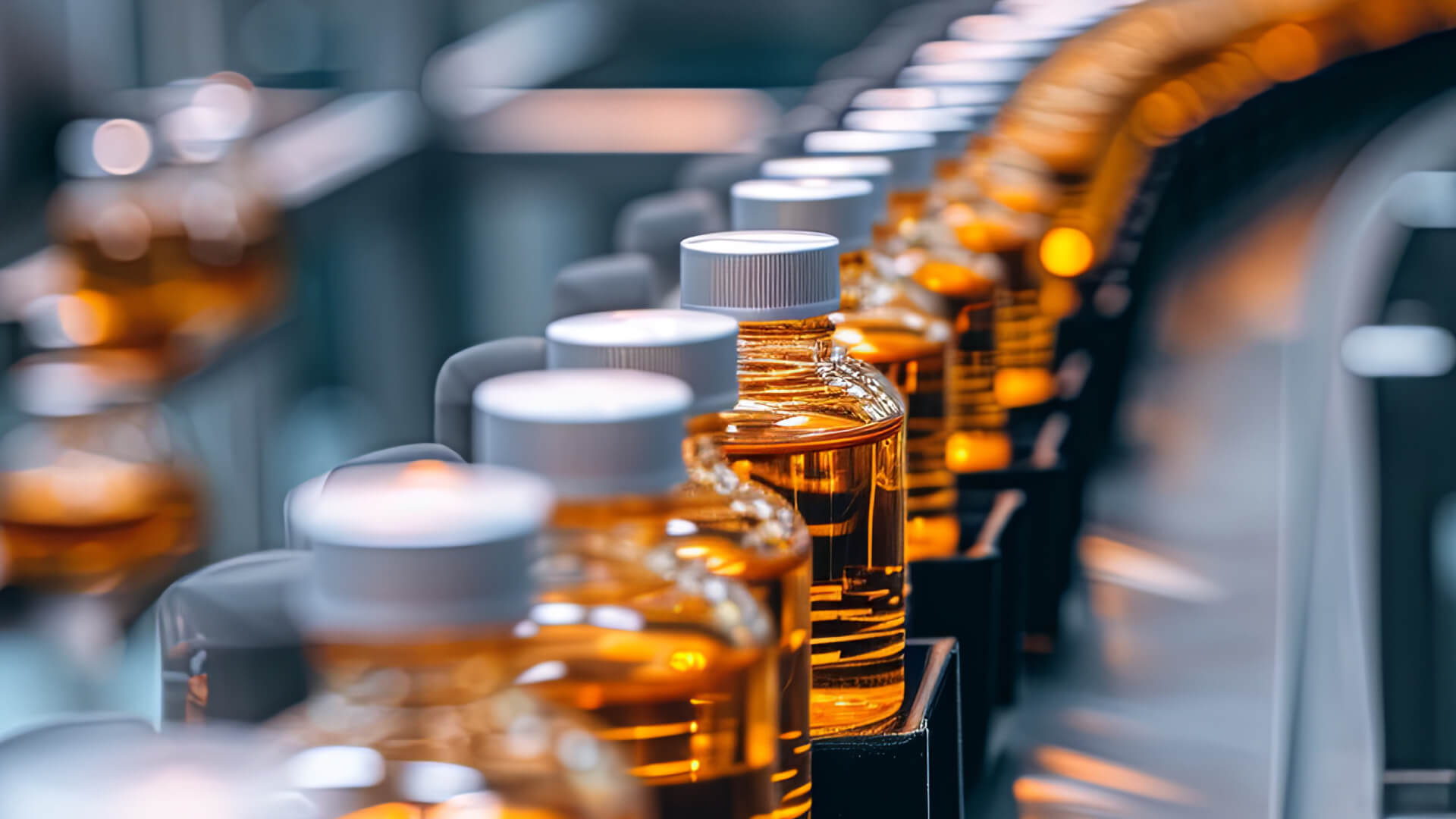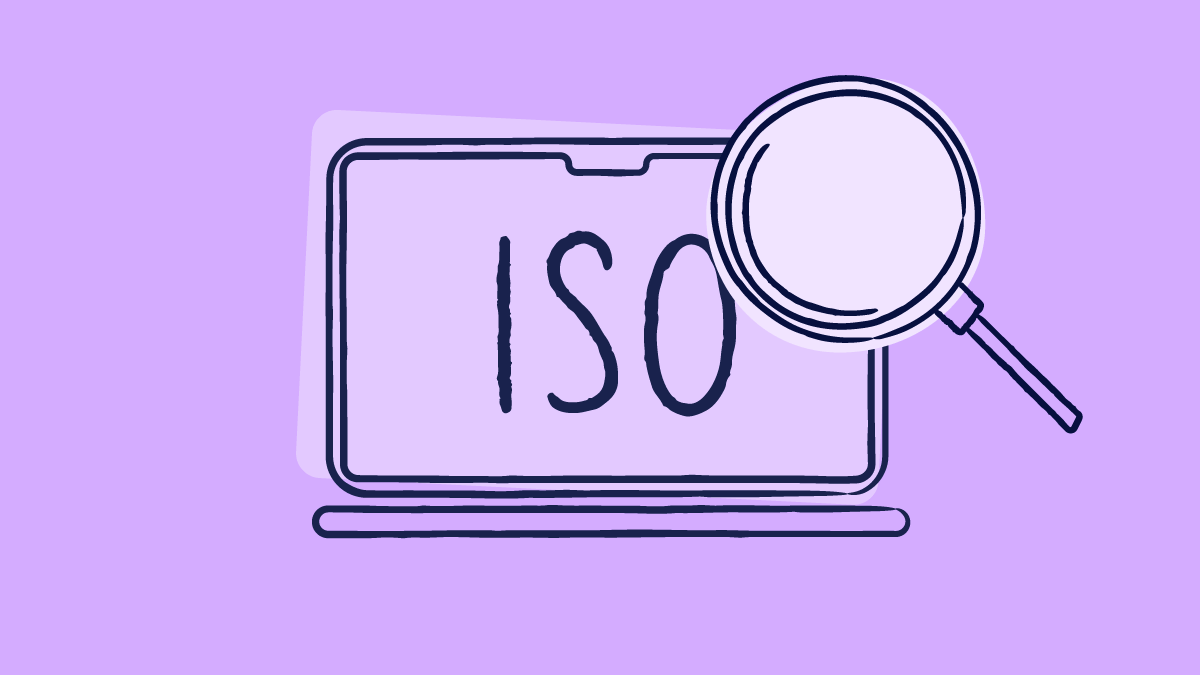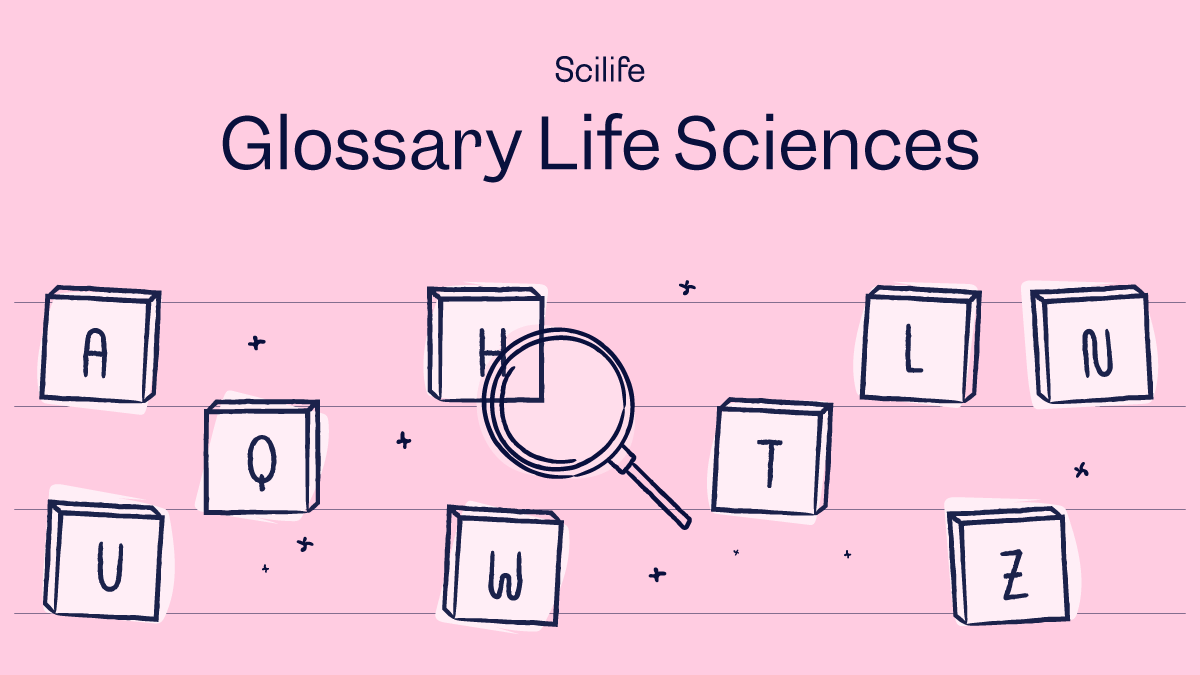
GMP stands for “good manufacturing practices.” Life sciences companies need to be GMP-certified in order to produce and sell their products.
But what do GMP guidelines entail? And how is GMP different from cGMP, or “current good manufacturing practice” guidelines? This article will offer an overview of both GMP and cGMP, as well as a description of how the two concepts differ.
What is GMP in pharma?
GMP is designed to make sure pharmaceuticals are produced consistently, at a high standard of quality, and for their intended use. The system ensures products meet the requirements of the relevant marketing or clinical trial authorization. This keeps consumers from purchasing products that are ineffective, dangerous, or mislabeled.
Created to promote quality in the production process, GMP guidelines prevent:
- Product contamination
- Product mislabeling or mix-ups
- Incorrect ingredient amounts
GMP encompasses all aspects of production, from equipment and training to materials and even worker sanitation. It involves a series of well-documented procedures that teams must follow to ensure quality. Employees must also document each step they take as they follow these procedures—providing evidence that they are in fact complying with good manufacturing practice guidelines.
To be GMP-compliant, life sciences companies must address:
- Sanitation and cleanliness
- Equipment verification
- Process validation
- Worker qualifications
- Complaint handling
Failure to comply with GMP regulations may result in consequences such as product recalls, fines, or even incarceration. While this may sound complicated, most GMP requirements are fairly open-ended. This flexibility lets manufacturers decide how to proceed with the controls given their unique set of circumstances—without sacrificing quality.
What regulatory authorities oversee GMP guidelines?
Regulatory bodies in the United States, Canada, the European Union, and other countries have established GMP guidelines.
The most common GMP guidelines include:
- EU Good Manufacturing Practice (GMP Guidelines, Volume 4)
- U.S. FDA current Good Manufacturing Practice (cGMP) guidelines: 21 CFR
These regulations are legally-binding and require that all manufacturers of pharmaceuticals, active ingredients, and medical devices take proactive steps to keep their products safe, effective, accurate, and pure for consumers.
Origin of GMP and evolution of cGMP
Good Manufacturing Practices—GMP for short—have been around since the mid-1900s when the concept was introduced to make sure medicines are made safely and consistently. And they came about for good reason: past public health disasters, like the thalidomide tragedy, showed just how badly things can go when there aren't clear standards in place.
Fast forward to today, and we’re not just talking about GMP—we’re talking cGMP. That little “c” stands for “current,” and it’s more important than it sounds. It means the rules aren’t frozen in time. Instead, they evolve with new technologies, scientific advances, and better ways of working. What passed as “good” 20 years ago might not (read: probably won’t) cut it today.
So, what really sets cGMP apart? It’s all about staying sharp and keeping quality top of mind—not just doing things “by the book,” but making sure the book is up to date. Companies that follow cGMP aren’t just checking boxes; they’re showing that they care about doing things right now and continuously improving over time.
At its core, cGMP is about trust, making sure that what we put out there is safe, effective, and exactly what it claims to be.
What is cGMP?
Current good manufacturing practice guidelines list the minimum criteria for manufacturing, processing, and packaging pharmaceuticals and medical devices. The regulation ensures products are not only safe but that they have the ingredients and benefits the manufacturer claims.
The FDA defines cGMP as a set of systems that ensure the design, control, and monitoring of products and facilities. These systems include quality controls for the following:
- Standard operating procedures
- Deviation detection
- Deviation investigation
- Quality raw materials
- Reliable testing
The regulation promotes a common understanding of the regulatory process pharmaceutical and medical device companies must follow. They include:
- 21 CFR Part 314: For FDA approval to market a new drug
- 21 CFR Part 210: cGMP in the manufacturing, processing, packing, or holding of drugs
- 21 CFR Part 211: cGMP for finished pharmaceuticals
- 21 CFR Part 212: cGMP for PET (positron emission tomography) drugs
- 21 CFR Part 600: Biological products: general
By staying cGMP-compliant, manufacturers can reduce their risk of failure. More importantly, they can work to eliminate quality issues such as contamination, deviations, and mislabeling.
Like GMP, cGMP is flexible so that organizations can tailor procedures to their needs. That said, the universal framework is designed to help all life sciences companies meet the minimum requirements involved in total quality management. Manufacturers can customize the guidelines, but they can’t ignore them.
Why does “current” GMP matter?
The word “current” plays an essential role in the cGMP acronym. It reinforces that manufacturers must comply with the most up-to-date regulation—employing the latest systems and technologies where necessary.
The idea is that while some technologies might have been state-of-the-art a decade ago, they’ve likely become inadequate or otherwise outdated in recent years. Companies must adapt with the times—at least to the minimum standard—which is precisely where cGMP compliance comes in.
Total quality management is often changing. cGMP guidelines force life sciences companies to acknowledge this by making changes in response to new data, groundbreaking research, and other insights.
How can life sciences companies stay cGMP-compliant?
To comply with cGMP guidelines, life sciences companies should:
- Ensure their data is complete and secure.
- Assign ownership to designated, well-qualified people.
- Only authorize certain people to access or edit records.
- Conduct frequent audits for compliance, completeness, and correctness.
Maintaining a high standard of quality—and protecting consumers—is the end goal.
GMP vs. cGMP: How do they differ?

A manufacturer might comply with GMP standards—but are they compliant with the cGMP framework? There are three key distinctions that distinguish GMP from cGMP.
These differences include:
Cost
GMP and cGMP regulations can both be costly. Most manufacturers view them as an investment. GMP may seem more affordable up front, but it can carry hidden expenses like inefficiencies, product recalls, or compliance issues that emerge later. cGMP, on the other hand, often requires more investment in modern equipment, training, and systems as cGMP guidelines evolve more frequently. However, that investment tends to pay off through better efficiency, fewer quality failures and reduced risk in the long run.
Quality
GMP and cGMP guidelines ensure products are safe, effective, accurate, and pure. While the former helps manufacturers meet the minimum standards of their industry, the latter takes total quality management a step further by making sure life Sciences companies are up-to-date on the most current regulations.
Newest standards
Speaking of current regulations, GMP guidelines guarantee the safety, quality, and purity of the manufacturer’s products in general. cGMP guidelines, however, focus more on the very latest quality standards. By putting the spotlight on cGMP, companies can comply with the most current regulations.
While the two concepts are certainly related, life sciences should be aware of the above distinctions—and aim to stay compliant with both GMP and cGMP regulations.
Best practices for implementing GMP vs cGMP
Implementing GMP starts with clear procedures, thorough documentation, and consistent training—but where many companies fall short is treating it as a “one and done” process.
With cGMP, the key is embracing continuous improvement. Best practices include regularly reviewing SOPs, investing in up-to-date technology, and fostering a culture where quality is everyone’s responsibility, not just QA’s.
One of the biggest pitfalls?
Assuming compliance today means compliance tomorrow. Regulations evolve, and so should your processes.
Another common mistake is underestimating the role of data, cGMP thrives on good data for decision-making and risk management. If you don’t have data to back you up, you can’t make good decisions.
Getting started with cGMP compliance
Starting your cGMP journey begins with shifting your mindset, from meeting minimum standards to actively managing and improving quality across your operations.
The first step is assessing where your current practices stand in relation to cGMP expectations. This includes reviewing your documentation, evaluating your equipment, and identifying any gaps in training or process control.
One of the biggest enablers of cGMP compliance today is technology. Modern tools not only streamline day-to-day tasks, but they also help organizations maintain consistency, reduce errors, and respond quickly to changes in regulations or operations. Automation, digital record-keeping, and integrated quality systems are no longer “nice-to-haves”—they’re essential for staying compliant and competitive.
This is where electronic Quality Management Systems (eQMS) come in. By centralizing quality processes, documentation, and data, an eQMS can help ensure your operations are not only compliant but continuously improving. You can read our use case to discover how we've helped organizations like yours build a GMP-compliant QMS.
Can an eQMS improve cGMP compliance?

An electronic quality management system (eQMS) is an ideal way to promote cGMP compliance.
The right eQMS can help manufacturers:
- Solve problems by analyzing data for specific trends.
- Conduct frequent audits of their internal quality systems.
- Take corrective action when needed to address the root causes of quality issues.
- Take preventive action to mitigate the risk of future problems.
Manufacturers leverage cGMP-compliant eQMS solutions to manage their document control, training, design control, and many other quality activities with great efficiency and clarity. An automated workflow for review, approval, and other quality processes makes cGMP compliance easier than ever.
Systems like an eQMS can truly take organizations’ traditional, paper-based quality management systems to the next level. From real-time updates to clearer-than-ever communication, the benefits are expansive. They include cost savings, increased agility, and better outcomes for both consumers and manufacturers in the life sciences.
GMP vs. cGMP: Frequently Asked Questions
1. Is cGMP better than GMP?
Yes—cGMP is essentially an updated, more rigorous version of GMP. While both aim to ensure product quality and safety, cGMP emphasizes continuous improvement and the use of modern technologies and practices. It’s not just about meeting standards but about staying current with them.
2. Is cGMP less common than GMP?
Not really. In regulated industries like pharmaceuticals, cGMP is now the global expectation. Most regulatory agencies—including the FDA and EMA—refer to “cGMP” to highlight the need for up-to-date compliance, even if some companies still casually use the term GMP.
3. Is the cost of cGMP worth it?
In most cases, absolutely. While implementing cGMP may require more upfront investment in training, technology, and systems, it leads to fewer errors, better efficiency, and lower long-term risk. The cost of non-compliance or product recalls can far outweigh the investment in doing things right from the start.
4. How do you obtain GMP certification?
GMP certification typically involves an audit by a recognized regulatory body or third-party organization. You’ll need to demonstrate that your facilities, procedures, and documentation align with GMP requirements. Preparation includes staff training, documented SOPs, and a thorough quality management system.
5. How do you get cGMP certified?
Like GMP, cGMP certification requires an inspection or audit—but with a stronger focus on modern systems, data integrity, and continuous improvement. Many companies choose to implement tools like electronic Quality Management Systems (eQMS) to help meet these higher expectations. Certification can be obtained from regulatory authorities or accredited third-party auditors
Conclusion
Both GMP and cGMP guidelines ensure manufacturers take active measures to keep their pharmaceuticals, active ingredients, and medical devices safe, accurate, pure, and effective.
By being compliant with the two frameworks, your life Sciences organization can guarantee the quality of your facilities, processes, and products. Consumers and regulatory bodies will know your staff are trained and qualified, that your facilities are clean and well-maintained, and that your procedures and protocols are consistent and reliable.
Most importantly, they’ll know your products are safe and effective for the consumers who rely on them to keep healthy. By understanding the purpose of GMP and cGMP guidelines, you can invest vital resources in building a quality-driven organization.







